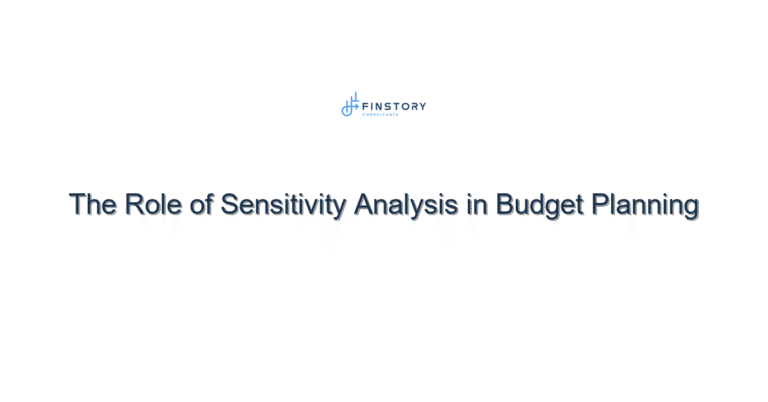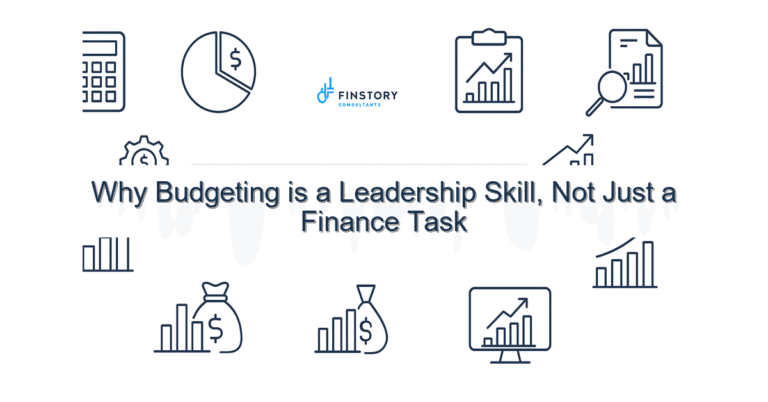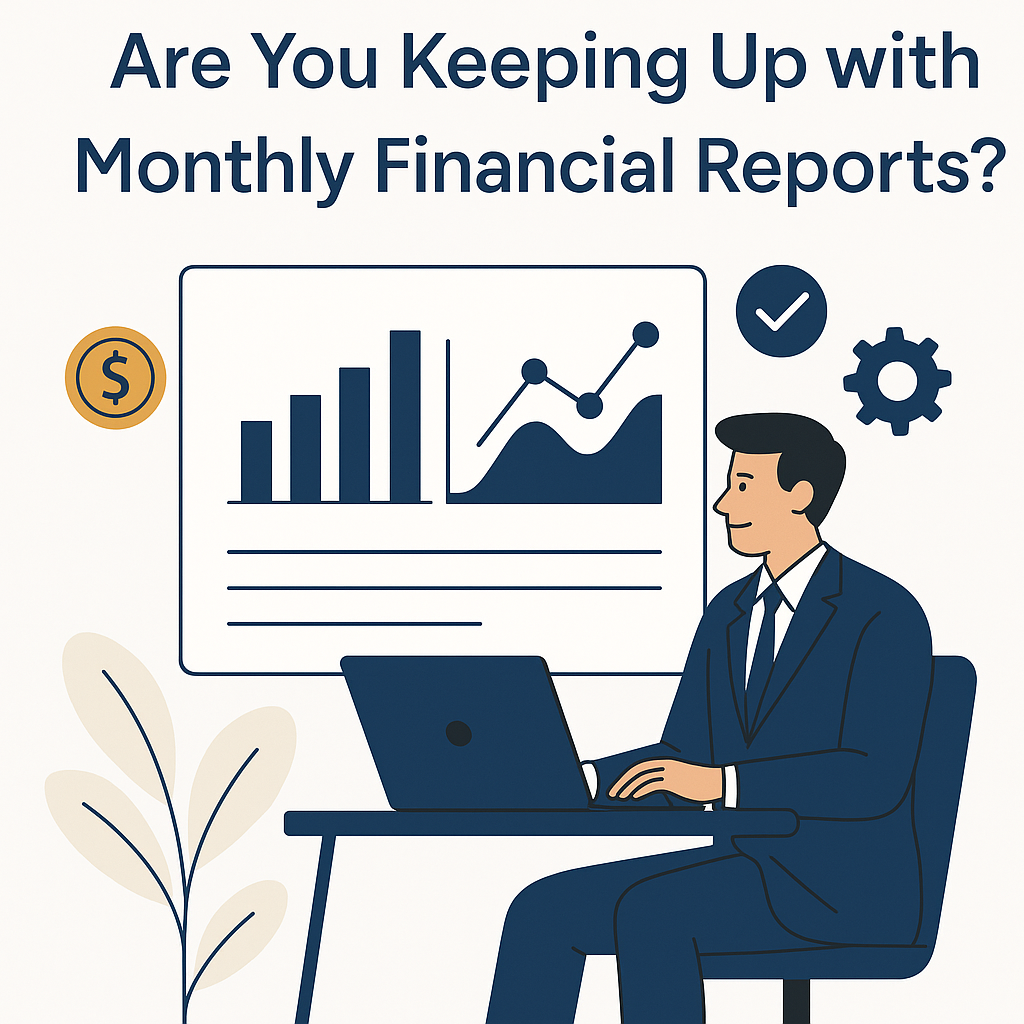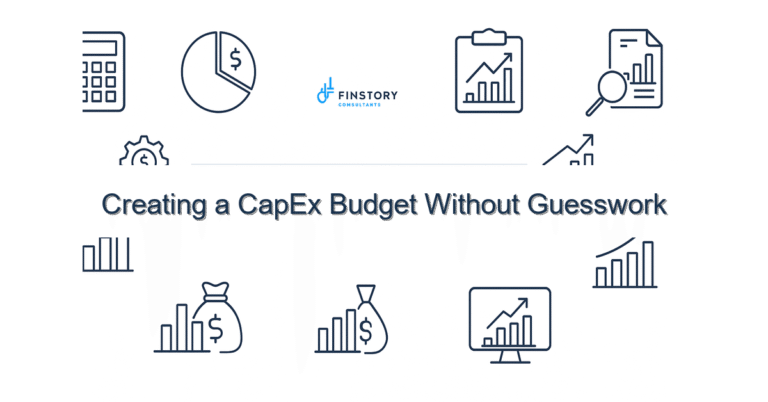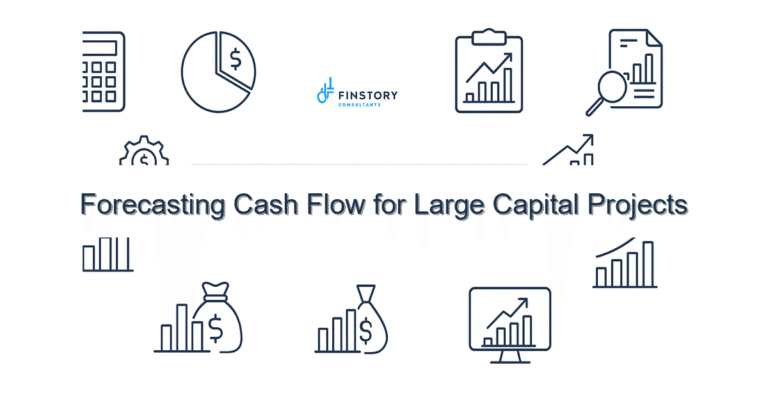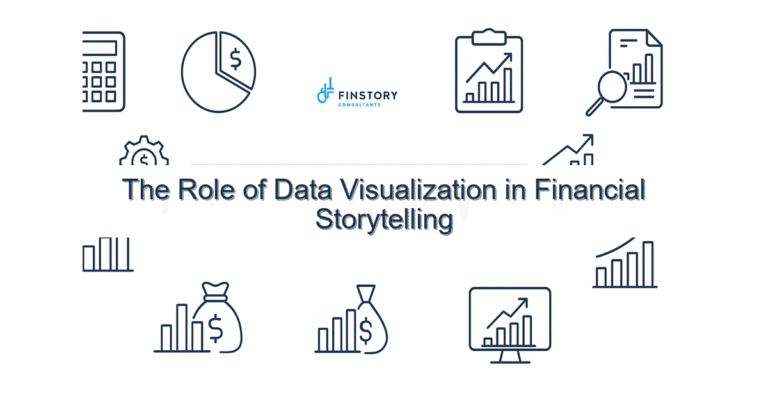Forecasting Sales for New Product Launches
Launching a new product is one of the most exciting—and nerve-wracking—moments in business.
You’ve invested time, money, and creativity. You’re ready for the world to love what you’ve built. But there’s one big question lingering in your mind:
“How many will we actually sell?”
Forecasting sales for a new product is tricky because there’s no sales history to guide you. But with the right approach, you can avoid flying blind—and make smart decisions from day one.
Why Sales Forecasting Feels So Uncertain
New products face unknowns:
✅ Will customers embrace it—or shrug it off?
✅ Will marketing resonate?
✅ Will competitors react quickly?
✅ Are your price points right?
Guess too low, and you’ll miss out on revenue. Guess too high, and you might overspend on inventory, staff, or marketing.
Two Real-World Scenarios
Let’s look at how forecasting played out for two businesses:
Example 1: The Tech Gadget Startup
A startup launched a smart home device. They assumed they’d sell 50,000 units in the first year.
- They based their forecast purely on internal excitement and a few focus groups.
- Reality? They sold just 15,000 units.
The problem: they ignored competitive products and overestimated how fast customers would adopt new tech.
Example 2: The D2C Skincare Brand
A direct-to-consumer skincare brand planned to launch a new serum. Instead of guessing:
- They polled their email list about interest and price points.
- They pre-sold the serum at a discount to gauge real demand.
- They started production based on those pre-orders.
Outcome? They launched with confidence, hit their sales target, and avoided overproducing.
How to Forecast Sales for a New Product
1. Look at Comparable Products
If you’ve launched similar products before, start there:
- How fast did previous launches ramp up?
- What marketing channels worked best?
- What was the average order size?
Even if the product is new, past data can offer clues.
2. Test the Market
Don’t wait until launch day to see what happens. Instead:
- Run social media ads to gauge interest.
- Offer pre-orders or waitlists.
- Conduct surveys asking:
- “Would you buy this?”
- “At what price?”
The D2C skincare brand’s pre-order approach is a perfect example of lowering forecasting risk.
3. Build Multiple Scenarios
Forecast at least three outcomes:
✅ Best-case: Viral success, high demand
✅ Expected-case: Solid but steady sales
✅ Worst-case: Slower traction than planned
This helps you plan cash flow, inventory, and marketing spend safely.
4. Consider Seasonality and Market Trends
Launching during holidays might boost sales—but competition is also fiercer. Check:
- Industry trends
- Seasonal buying patterns
- Competitor launches
Example: Tech gadgets often sell best during Q4 holiday shopping.
5. Start Conservatively
It’s tempting to forecast big numbers—but new products almost always start slower than hoped.
If you’re wrong, it’s better to sell out and restock than to be stuck with unsold inventory or wasted marketing spend.
How a Virtual CFO Can Help
Forecasting sales for new products can feel overwhelming—especially with limited data. A Virtual CFO can:
- Analyze comparable product launches in your industry
- Help you build realistic forecast models
- Stress-test your assumptions
- Advise on how much cash to reserve for production, marketing, and fulfillment
They help you balance optimism with caution—so you can launch with confidence.
Final Thoughts
So let me ask you: Are you launching your new product with a clear sales forecast—or just hoping for the best?
Because a well-crafted forecast won’t guarantee success—but it can help you plan smarter, spend wiser, and sleep better.
If you’re getting ready for a new launch, a Virtual CFO might be the secret weapon you didn’t know you needed.

